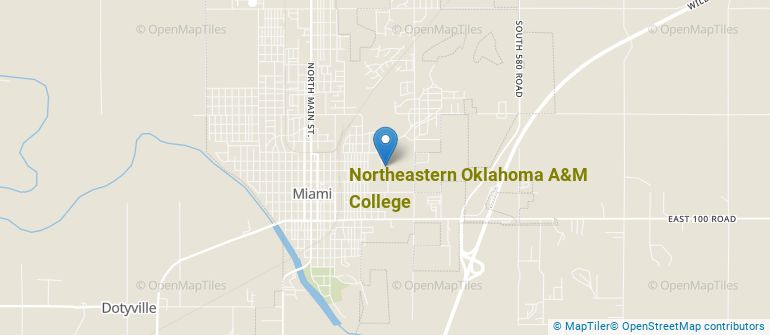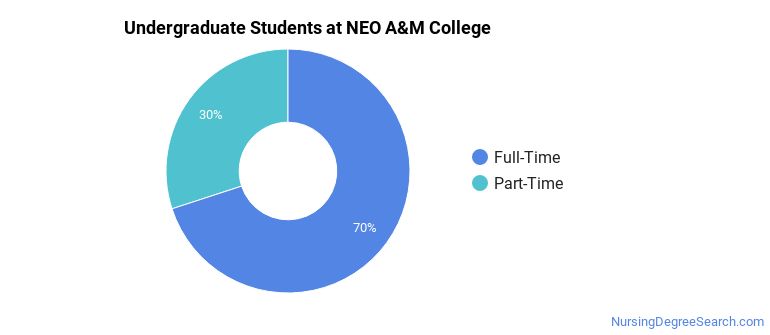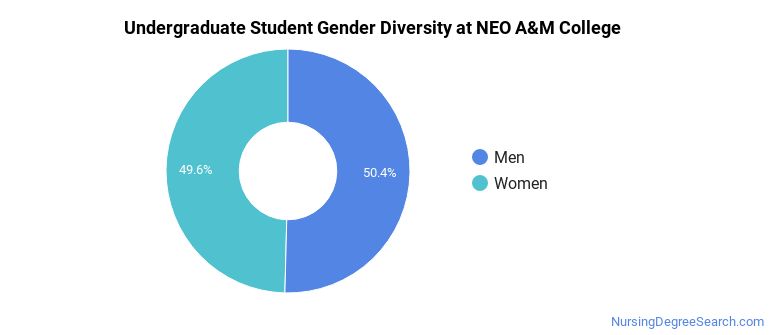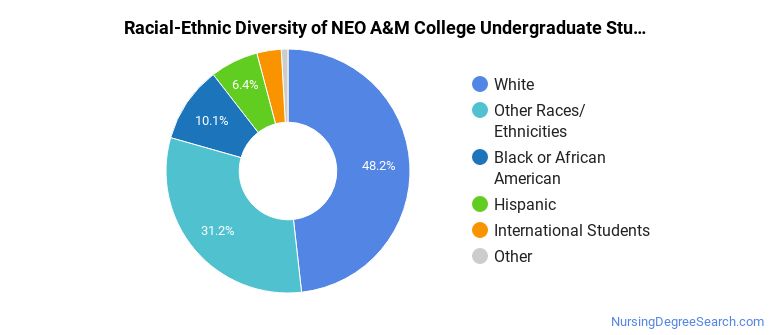Northeastern Oklahoma A&M College Nursing Programs
Northeastern Oklahoma A&M College is a public institution located in Miami, Oklahoma. Miami is a great place for students who enjoy small town life.
Where Is Northeastern Oklahoma A&M College?

Contact details for NEO A&M College are given below.
| Contact Details | |
|---|---|
| Address: | 200 I St Ne, Miami, OK 74354 |
| Phone: | 918-542-8441 |
| Website: | www.neo.edu |
How Do I Get Into NEO A&M College?
You can apply to NEO A&M College online at: https://apply.neo.edu/
Can I Afford Northeastern Oklahoma A&M College?
Student Loan Debt
While almost two-thirds of students nationwide take out loans to pay for college, the percentage may be quite different for the school you plan on attending. At NEO A&M College, approximately 36% of students took out student loans averaging $5,905 a year. That adds up to $23,620 over four years for those students.
The student loan default rate at NEO A&M College is 0.1%. This is significantly lower than the national default rate of 10.1%, which is a good sign that you'll be able to pay back your student loans.
Northeastern Oklahoma A&M College Undergraduate Student Diversity

Gender Diversity
Of the 1,238 full-time undergraduates at NEO A&M College, 50% are male and 50% are female.

Racial-Ethnic Diversity
The racial-ethnic breakdown of Northeastern Oklahoma A&M College students is as follows.

| Race/Ethnicity | Number of Grads |
|---|---|
| Asian | 11 |
| Black or African American | 125 |
| Hispanic or Latino | 79 |
| White | 597 |
| International Students | 40 |
| Other Races/Ethnicities | 386 |
Over 16 countries are represented at NEO A&M College. The most popular countries sending students to the school are Bahamas, Brazil, and United Kingdom.
Northeastern Oklahoma A&M College Nursing Concentrations
The table below shows the number of awards for each concentration.
| Major | Associate’s | TOTAL |
|---|---|---|
| Registered Nursing | 50 | 50 |
| TOTAL | 50 | 50 |
References
*The racial-ethnic minorities count is calculated by taking the total number of students and subtracting white students, international students, and students whose race/ethnicity was unknown. This number is then divided by the total number of students at the school to obtain the racial-ethnic minorities percentage.
More about our data sources and methodologies.
